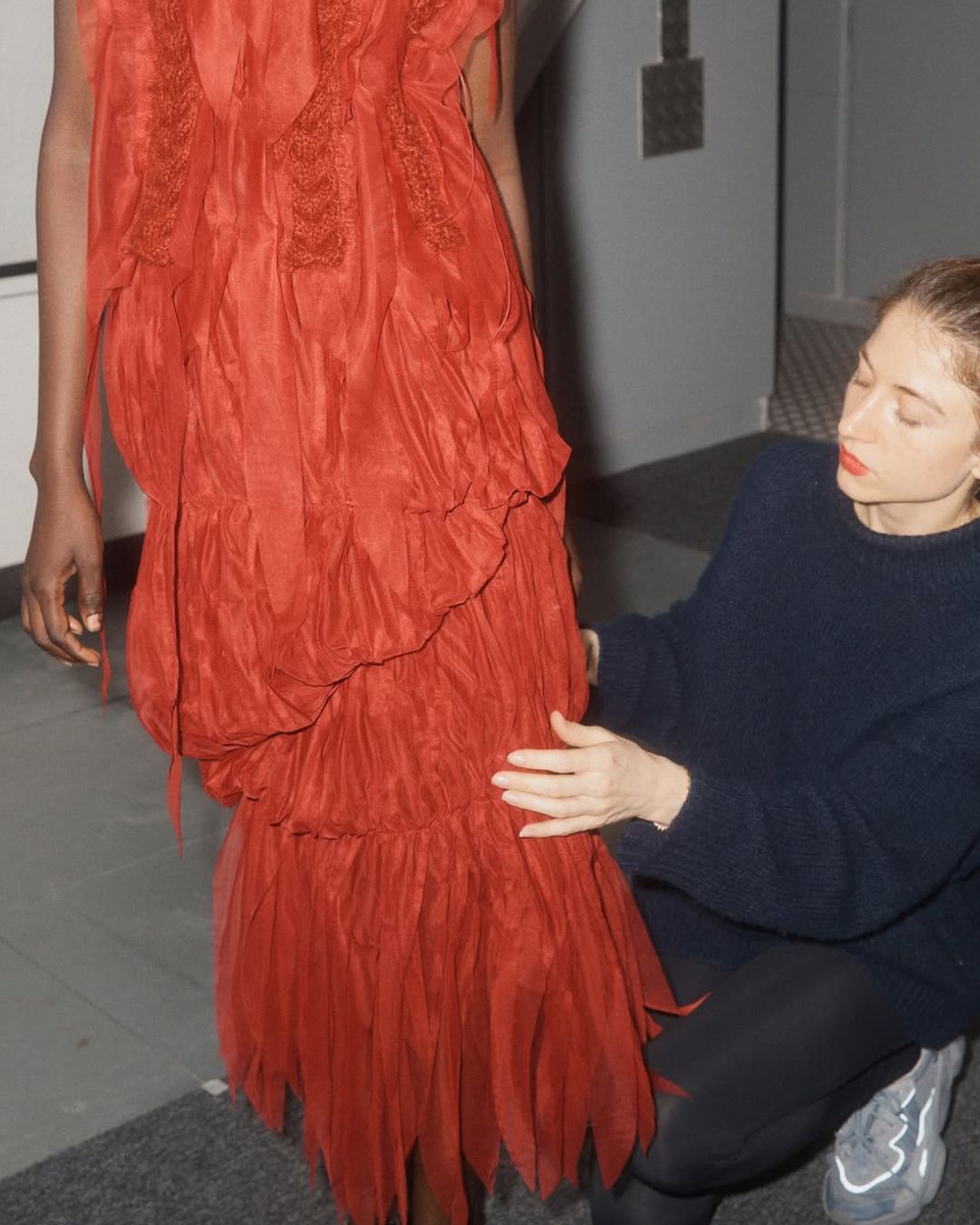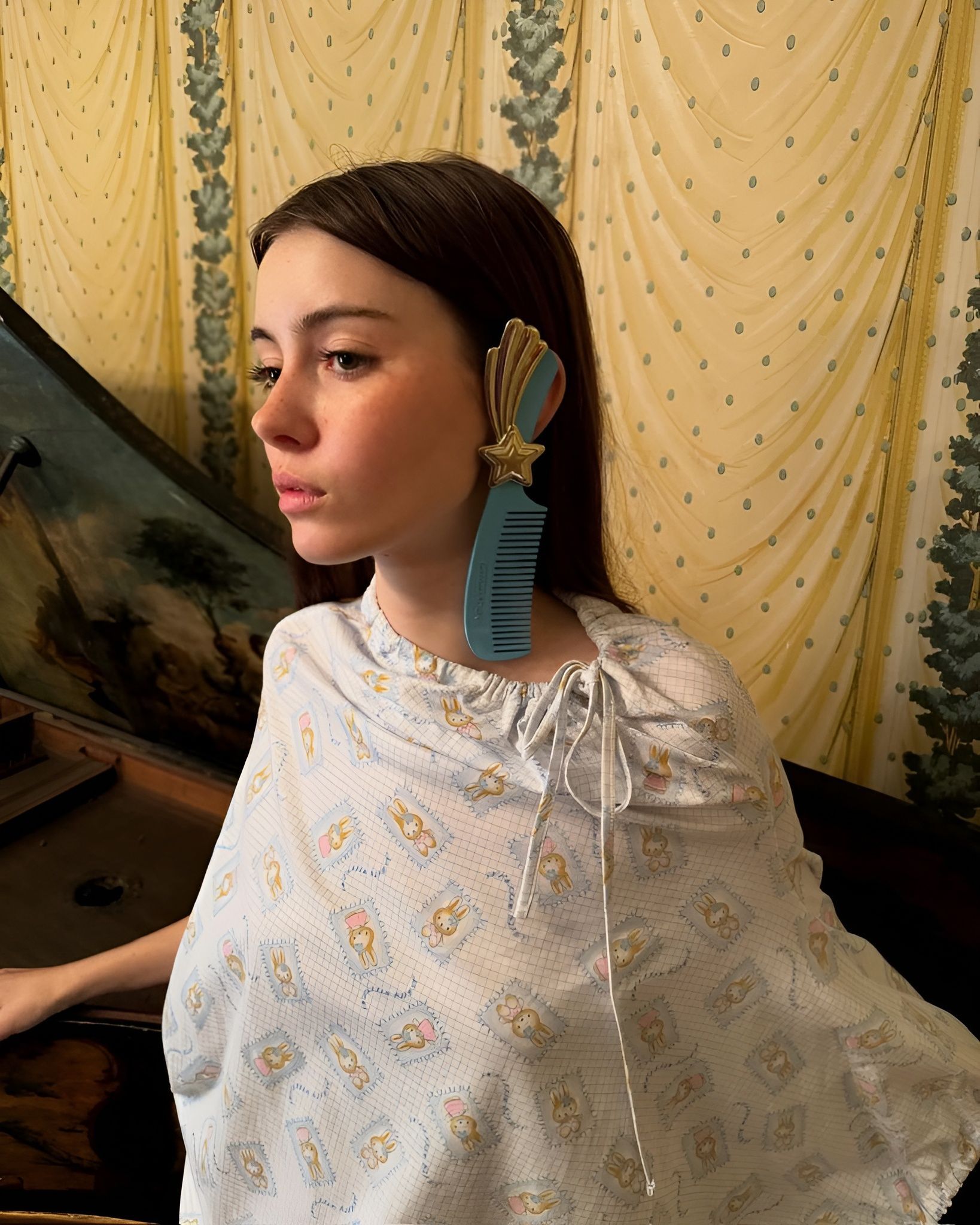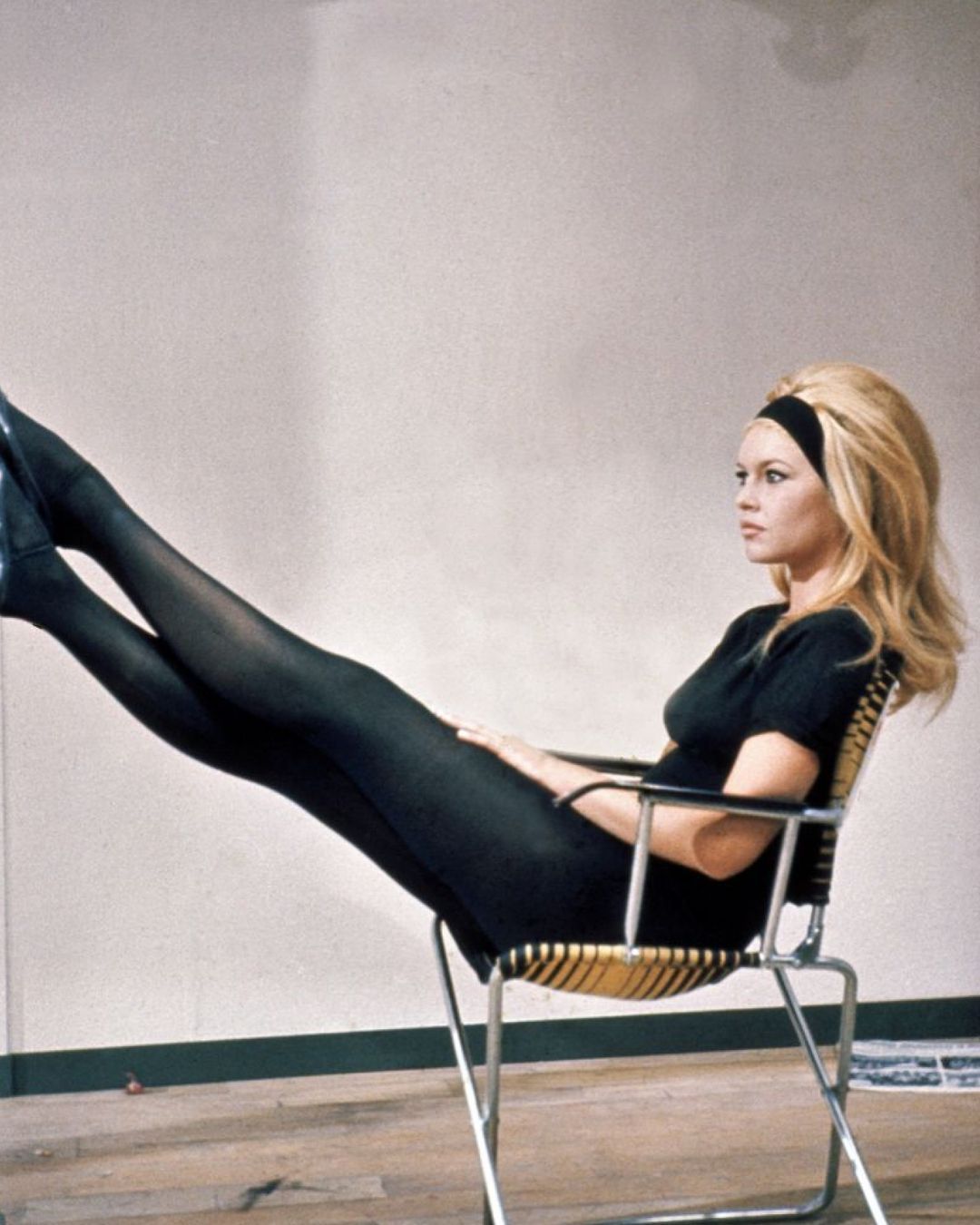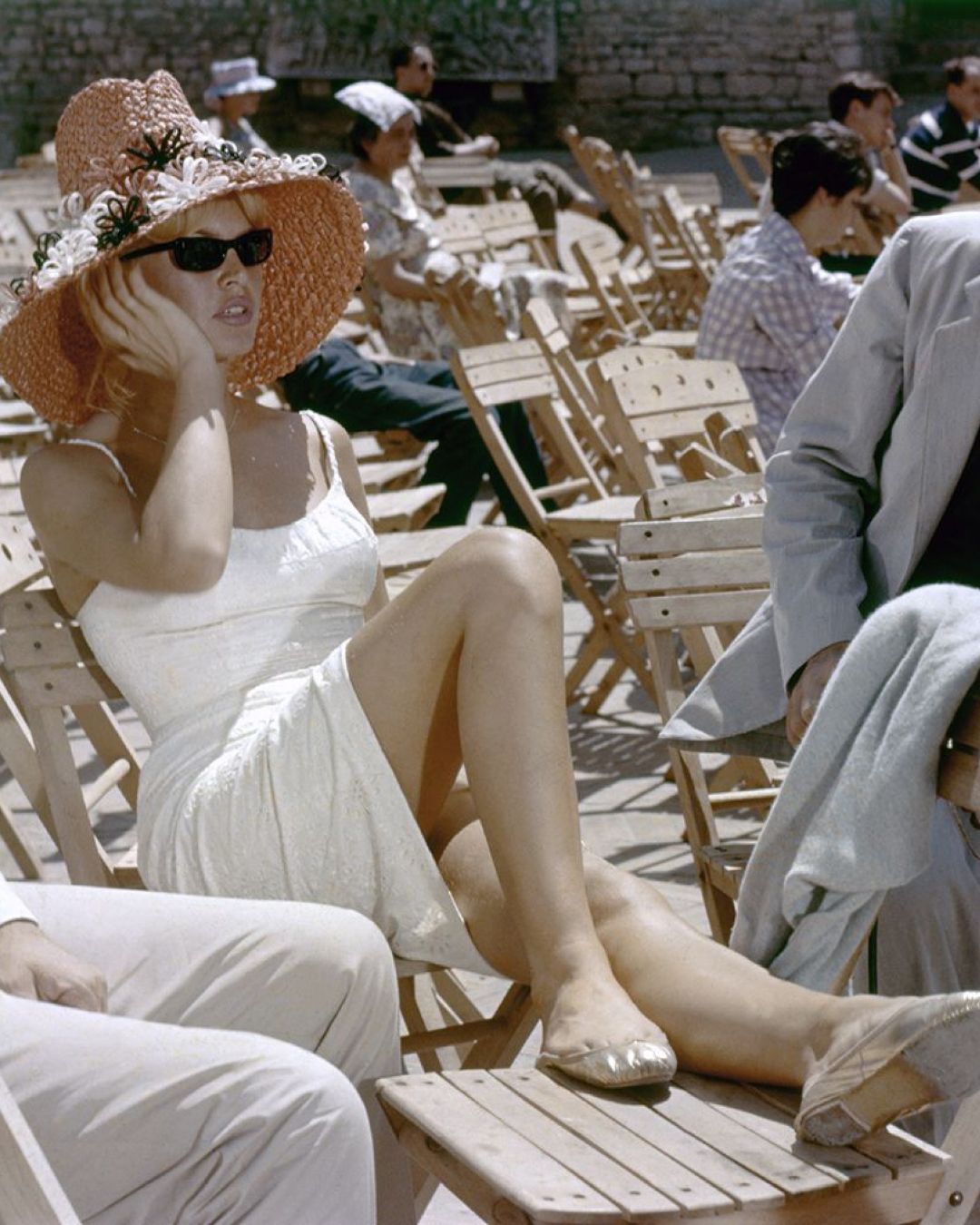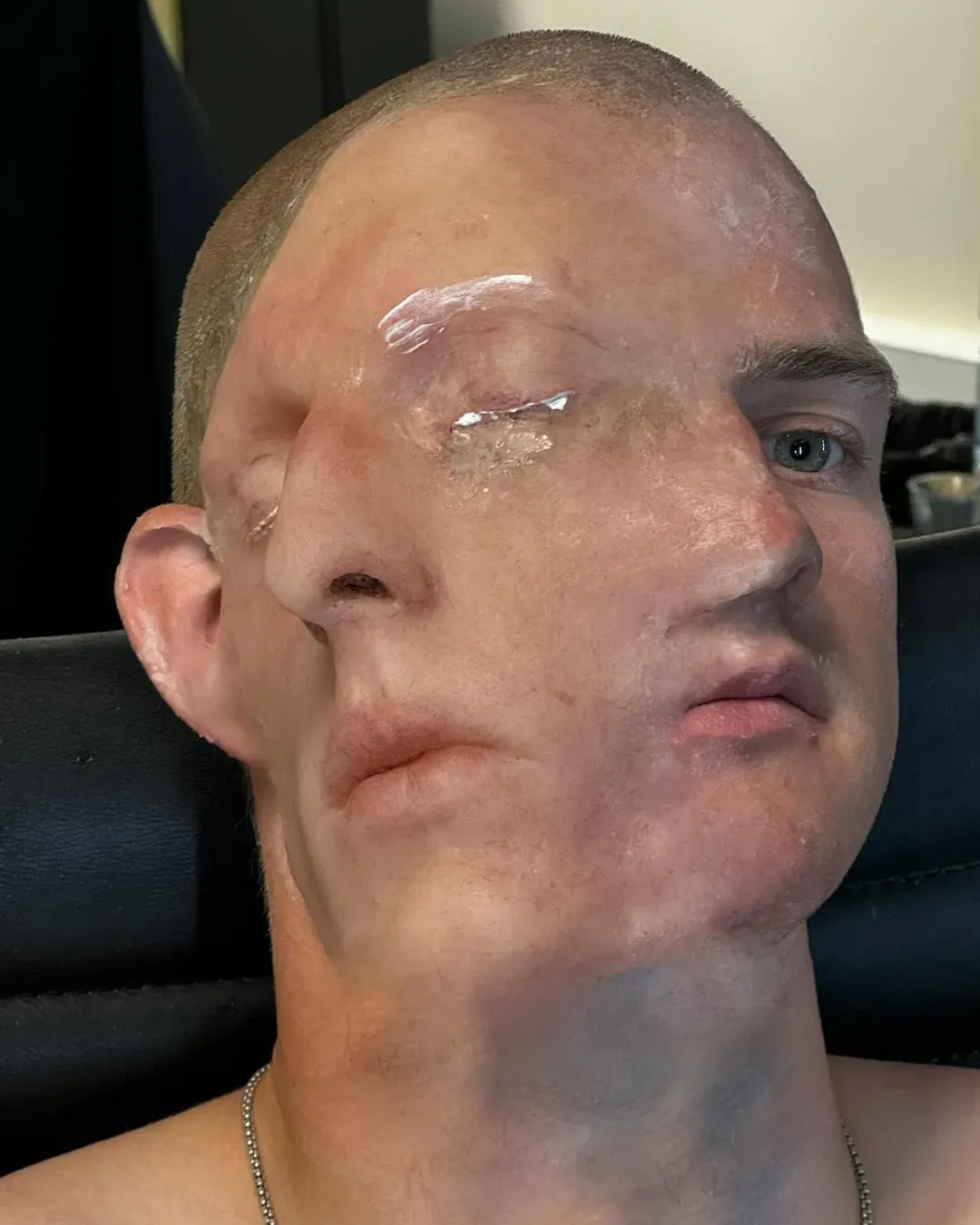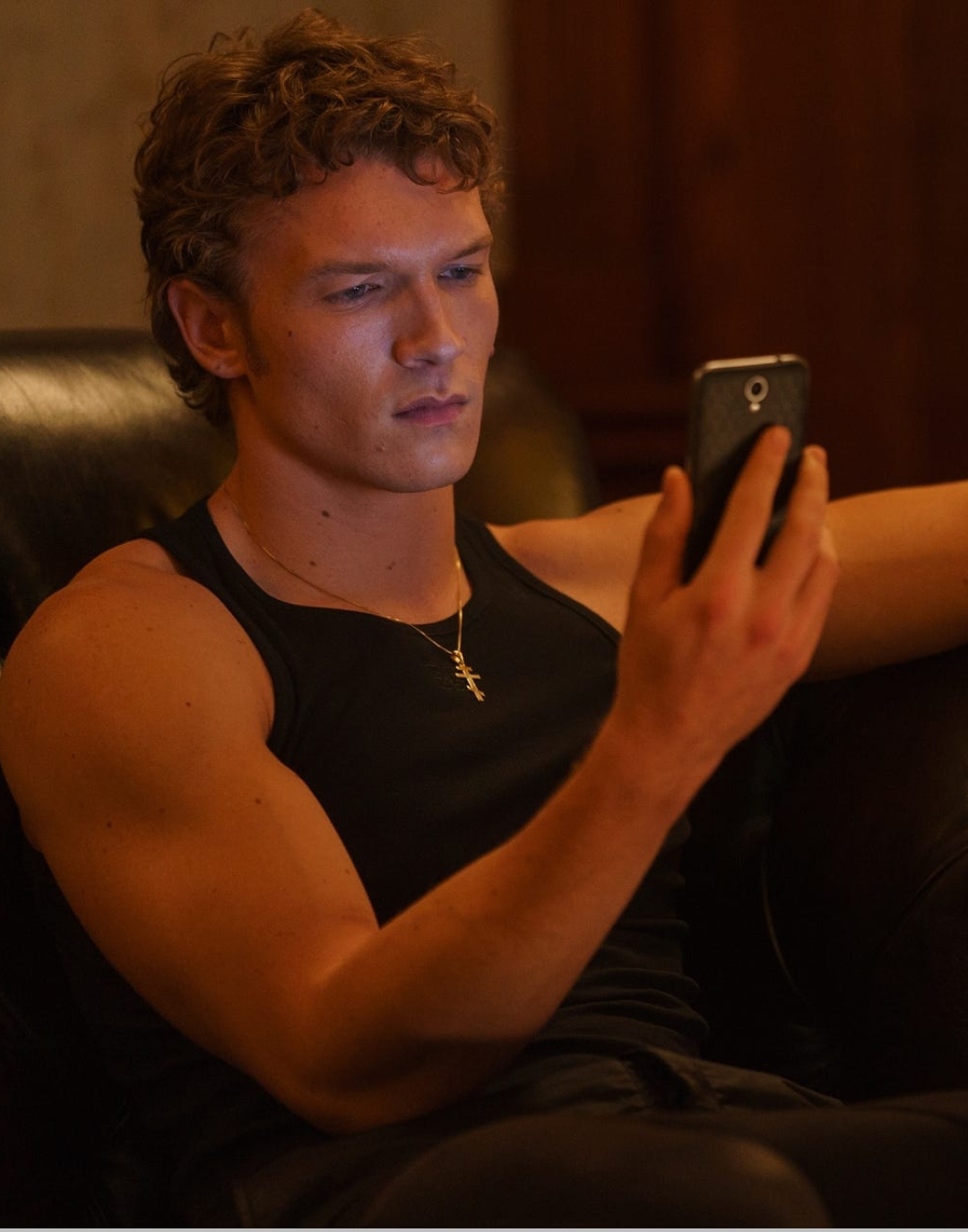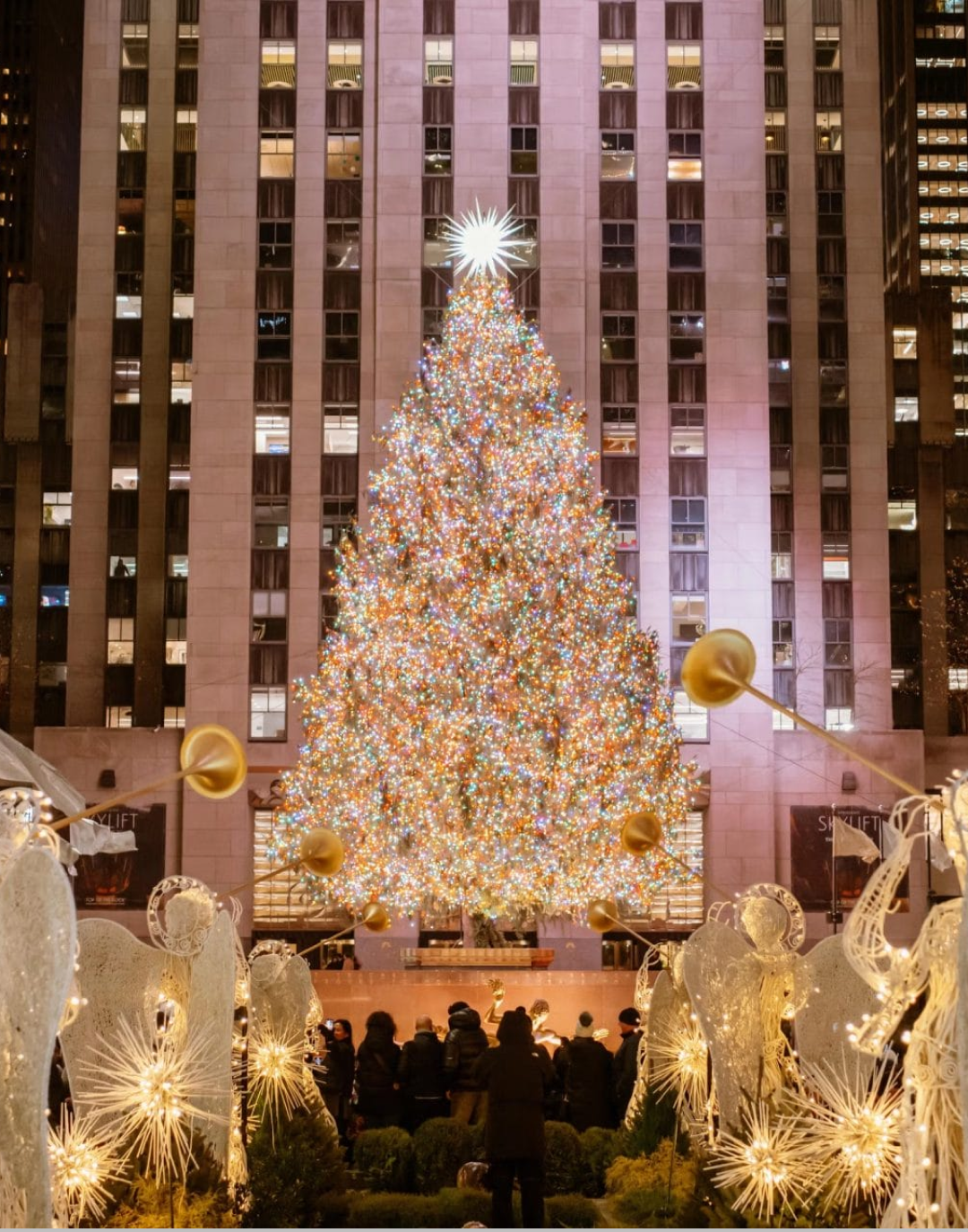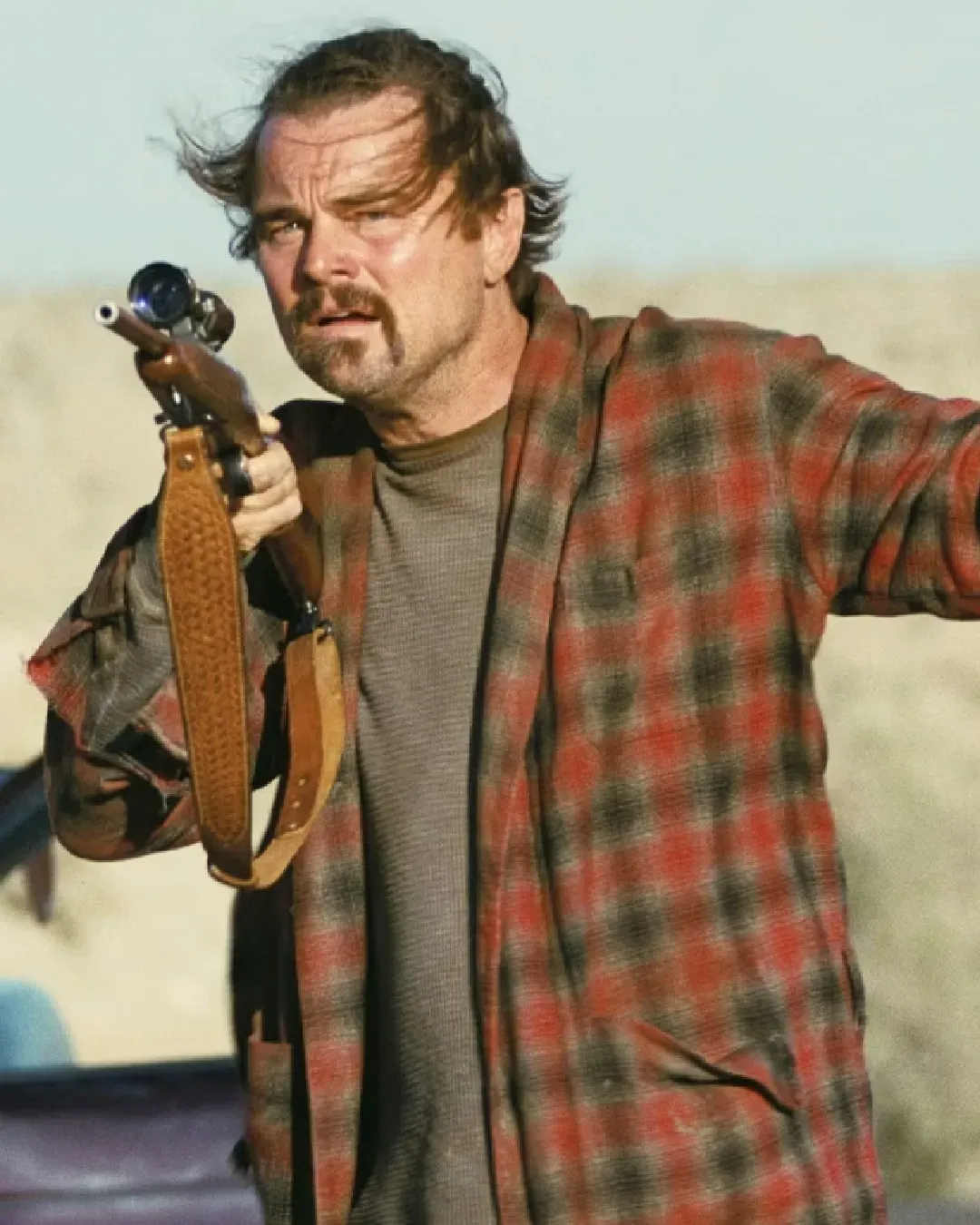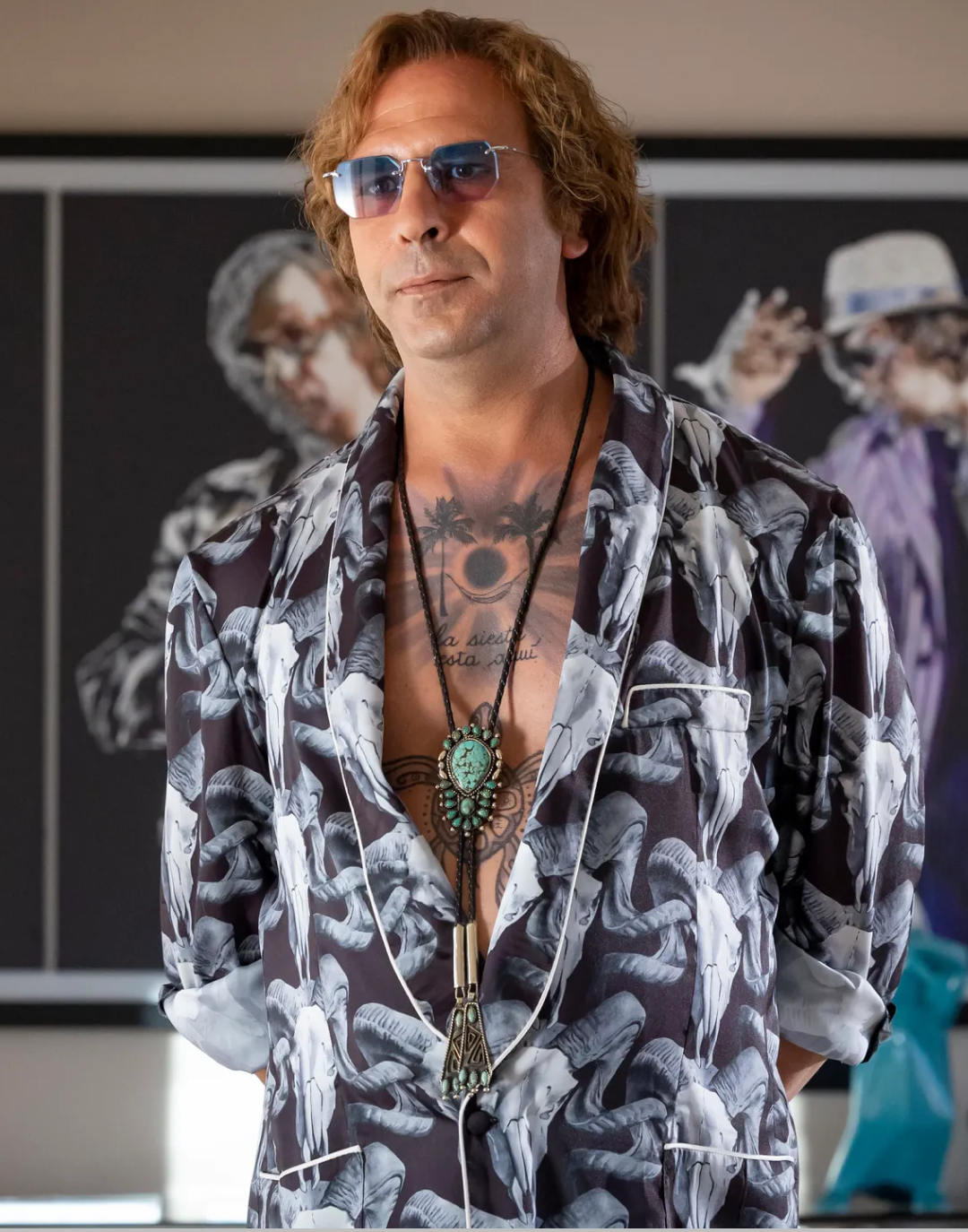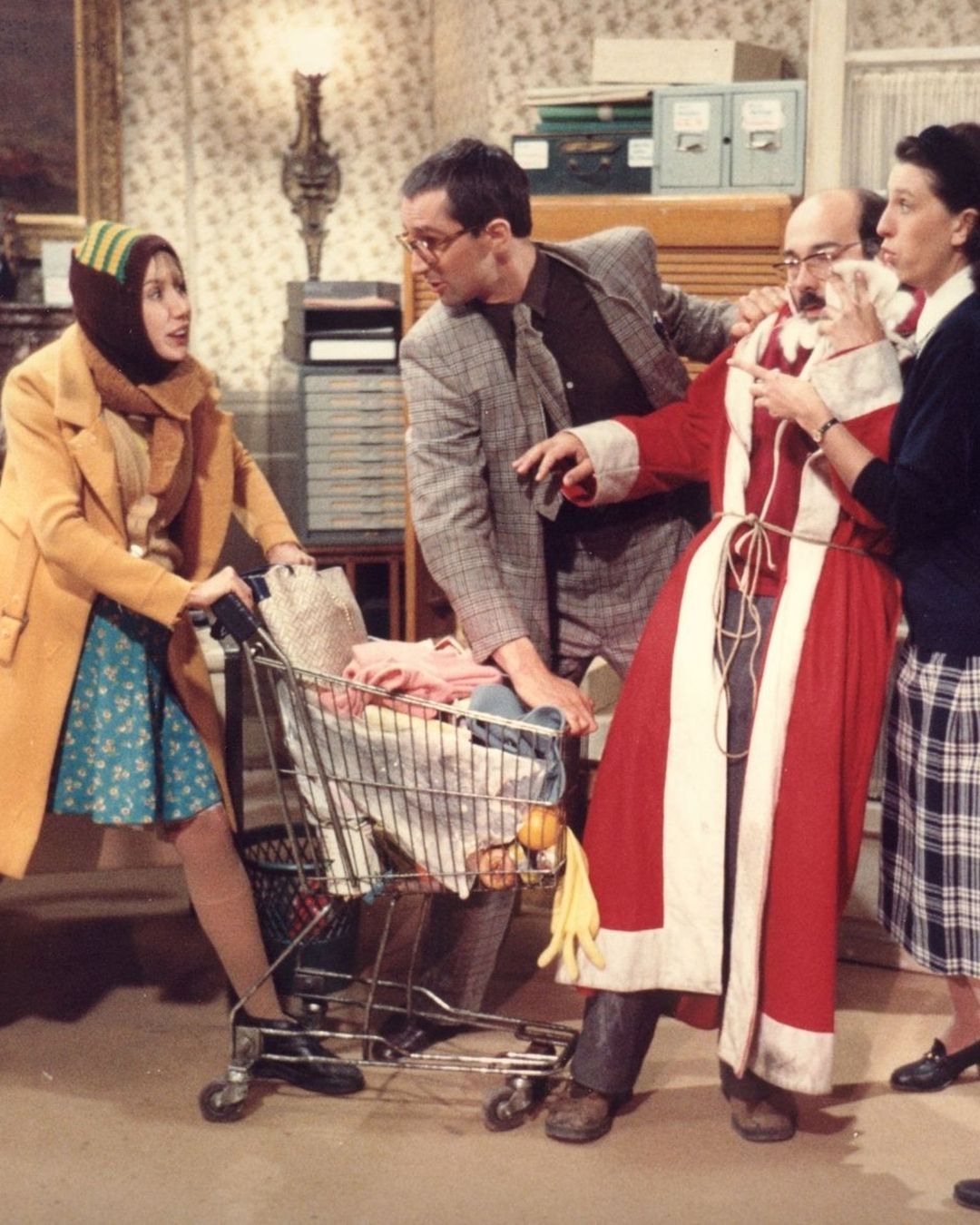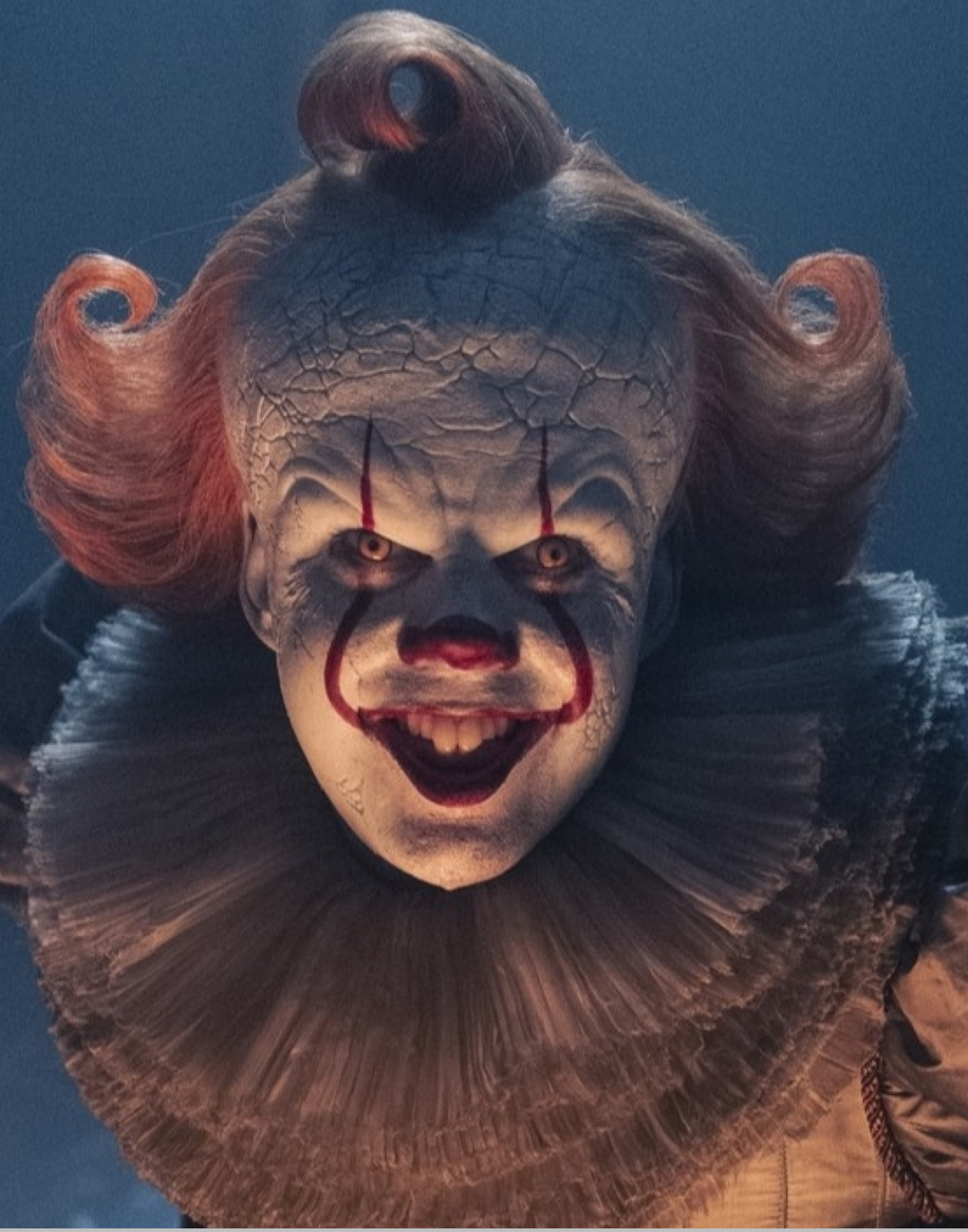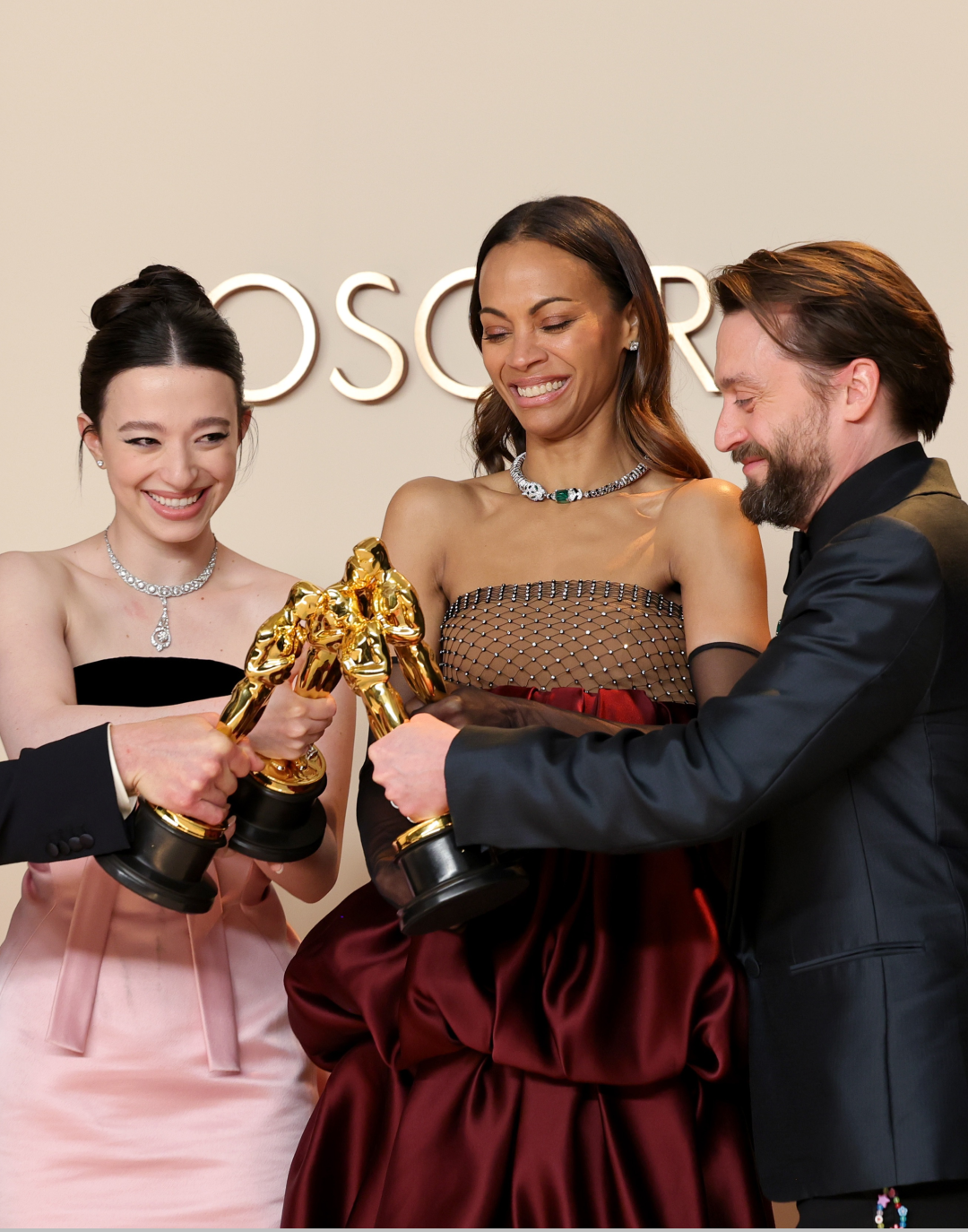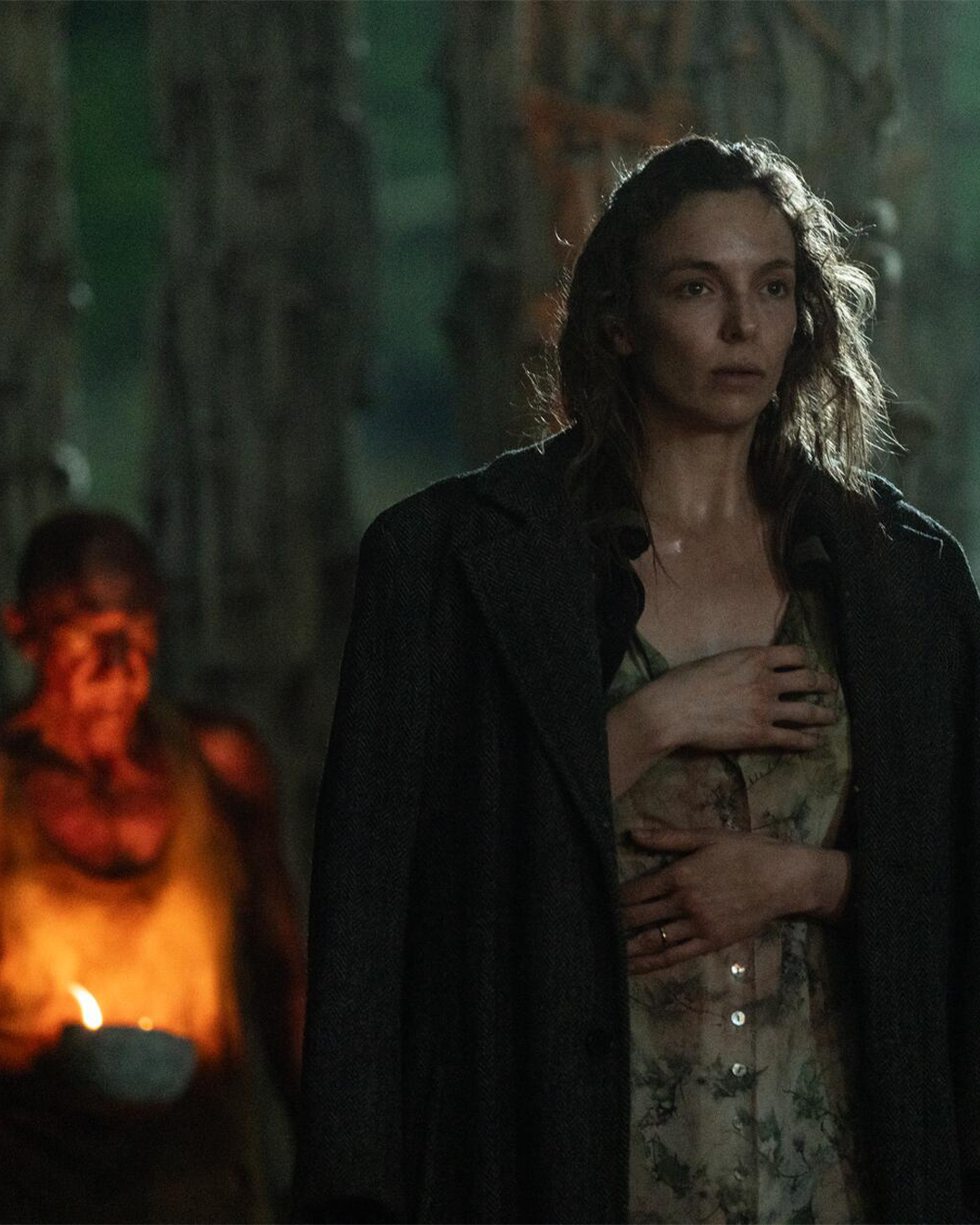
Danny Boyle goes wild with "28 Years Later" And has already filmed the second chapter of the new trilogy
There’s a young filmmaker to keep an eye on. He’s British, sixty-eight years old, and releasing his fourteenth film. Danny Boyle, born in ’56 and director of cult classics like Trainspotting and The Beach, returns six years after his last film Yesterday with a boldness and vibrancy that seem more fitting for a first-time filmmaker. Full of ragged enthusiasm and a mad desire to experiment, he applies it to yet another return: 28 Years Later, the next installment of the saga started in 2002 and set to continue the vision of ravenous, lightning-fast zombies imagined by screenwriter Alex Garland. A sequel to 2007’s 28 Weeks Later, which now acts as a springboard for a new trilogy—its second chapter has already been shot, while the third remains undefined, still seeking funding to be made, much like those crazy, independent directors who need to seek out and persuade backers to believe in and support their wild projects. Except this time, Boyle’s independent spirit and his new work are perfectly embedded within an industrial production context. Not because of the modest budget of $75 million, which doesn’t make it a major studio blockbuster, but because of the creative freedom and inventiveness the director has embraced to once again tell the story of an England infected by the rage virus that has plunged the country into chaos—with the same intensity as the original chapter at the turn of the millennium.
28 Days Later was, in fact, the first film shot entirely in digital to gain large-scale distribution, becoming a true global success, both at the box office and in cultural impact (an $8 million budget turned into $82.7 million in worldwide revenue). With this sequel, Boyle deliberately sought to make his directing even more swift and dynamic, relying heavily on equipment on set and the essential contribution of editor Jon Harris. A constant fragmentation of images, styles, definitions, and formats—a cross-contamination between cinema and digital art that blends together in a schizophrenic manner into a single genre piece, lean and entertaining like few others. iPhones were used and drones deployed so as not to disrupt the vast greenery through which the characters run and venture. The directorial approach gives the film a modern and free feel that captivates the hyper-stimulated viewer’s eye—always alert, and perhaps unable to catch everything, but precisely for that reason constantly engaged in watching a film whose narrative gradually becomes more structured, even as its opening sequence unsettles and shakes, making the direction and rhythm psychotic and unhinged.
@clubsinemori The biggest movie shot on iPhone #28dayslater #28yearslater #cillianmurphy #movie #movies orijinal ses - Club Sinemori
It’s a style that Danny Boyle carries in his toolkit, influencing himself each time. There’s the irreverent rampage of cult hit Trainspotting, but also the spacey hallucinations of the existential sci-fi Sunshine. There's also the first 28 Days Later, with its diagonal shots and small framed spaces and details meant to intensify the unease of a horror epidemic, amplified by the deserted, empty neighborhoods of a vacant London wandered by protagonist Cillian Murphy—who now returns for 28 Years Later as a producer. Added to this is the integration of phones and video game references that shift perspective as if in real time, freezing a shot even before it’s fired. The exploration of the cinematic medium and its hybridizations supports a screenplay—once again written by Garland—that becomes more streamlined than the directing style, and increasingly conventional toward the end, while remaining consistent in its blend of technique and storytelling (even with archival material in parallel editing) that defines 28 Years Later.
Thus, technological feats become vessels for accepting the cycle of life, the inevitability of death, and the bond of family ties—which for Boyle and his screenwriter formed the core structure of the film. A world divided pre- and post-Brexit, which Danny Boyle chose to represent through the metaphor of a standardized, closed society in the village where the protagonists live as survivors, and the painful, harrowing journey that the young lead, Spike, played by fourteen-year-old Alfie Williams, is set to undergo. A refreshing energy, essential for a saga that aims to reboot eighteen years later and infuse the story—and even more so, its presentation—with renewed vigor. It’s proof that it doesn’t matter how many days, weeks, months, or years have passed. One must always have the courage to dare.


